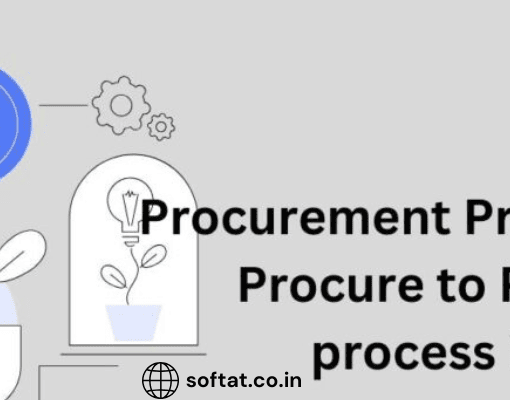In today’s fast-paced business world, efficiency and agility are paramount. To stay competitive, organizations need to optimize their processes, reduce bottlenecks, and ensure that tasks are completed seamlessly. This is where SAP Business Workflow comes into play. SAP Business Workflow is a powerful tool that allows businesses to automate and streamline their operations, enhancing productivity and reducing manual intervention. In this blog, we’ll explore what SAP Business Workflow is, its benefits, and how it can revolutionize your business processes.
What is SAP Business Workflow?
SAP Business Workflow is an essential component of the SAP Business Suite. It is designed to automate, manage, and optimize business processes within an organization. This technology enables the creation of structured, well-defined workflows that guide tasks, documents, and data through various steps in a business process. These workflows are customizable to meet the specific needs of your organization, ensuring that work is carried out efficiently and consistently.
Benefits of SAP Business Workflow
Implementing SAP Business Workflow can offer numerous benefits to your organization:
1. Increased Efficiency
One of the primary advantages of SAP Business Workflow is its ability to automate routine and repetitive tasks. This automation reduces the time and effort required to complete these tasks, allowing your employees to focus on more strategic activities. It also minimizes the risk of errors associated with manual data entry.
2. Enhanced Collaboration
SAP Business Workflow promotes collaboration by routing tasks to the right individuals or teams at the right time. This ensures that everyone involved in a process has access to the information and tools they need to complete their tasks effectively. Communication is streamlined, and employees can track the progress of tasks easily.
3. Improved Visibility
With SAP Business Workflow, you gain real-time visibility into your business processes. You can monitor the status of tasks, identify bottlenecks, and analyze performance metrics. This insight allows you to make data-driven decisions and continuously optimize your workflows for better results.
4. Standardization and Compliance
By defining and enforcing standardized workflows, SAP Business Work flow helps ensure that your organization complies with industry regulations and internal policies. This reduces the risk of non-compliance and potential legal issues.
5. Flexibility and Customization
SAP Business Work flow is highly customizable. You can tailor workflows to match your organization’s unique processes and requirements. This adaptability means you can implement workflows across various departments, from HR and finance to supply chain and customer service.
6. Cost Savings
By automating processes and eliminating manual work, SAP Business Work flow can lead to significant cost savings over time. Reduced labor costs, fewer errors, and better resource allocation contribute to a healthier bottom line.
How SAP Business Work flow Works
SAP Business Work flow operates based on predefined rules and conditions. Here’s a simplified overview of how it works:
- Workflow Creation: Designers define the workflow, including the sequence of tasks, conditions for task execution, and roles responsible for each task.
- Task Assignment: The workflow engine automatically assigns tasks to the appropriate individuals or groups based on the predefined rules. Notifications are sent to inform them of their assignments.
- Task Execution: Users complete their assigned tasks and may trigger subsequent tasks or decisions based on the outcome.
- Monitoring and Reporting: Managers and administrators can monitor the progress of workflows in real-time, tracking task status and identifying potential issues.
- Escalation and Exception Handling: Workflows can be configured to escalate tasks to higher authorities if they are not completed within specified timeframes. Additionally, exception handling can be set up to deal with unexpected situations.
Getting Started with SAP Business Workflow
To implement SAP Business Workflow in your organization, you’ll need to follow these steps:
- Define Your Business Processes: Identify the key business processes that can benefit from workflow automation.
- Design Workflows: Work with SAP consultants or experts to design workflows that align with your business processes and requirements.
- Configure SAP Business Work flow: Implement the workflows within your SAP system, defining roles, conditions, and triggers.
- Training and User Adoption: Train your employees on how to use SAP Business Work flow and encourage their active participation.
- Testing and Optimization: Test the workflows to ensure they work as intended. Continuously monitor and optimize them for better performance.
- Deployment: Roll out the workflows across your organization, ensuring that everyone is aware of their responsibilities.
- Maintenance and Support: Regularly update and maintain your workflows to adapt to changing business needs and software updates. Provide ongoing support to users.
Conclusion
SAP Business Workflow is a game-changer for organizations looking to boost productivity, reduce errors, and streamline their operations. By automating and standardizing business processes, you can gain a competitive edge in today’s dynamic business landscape. If you haven’t already explored the possibilities of SAP Business Work flow, it’s time to consider how it can revolutionize your business processes and lead to greater efficiency and success.





